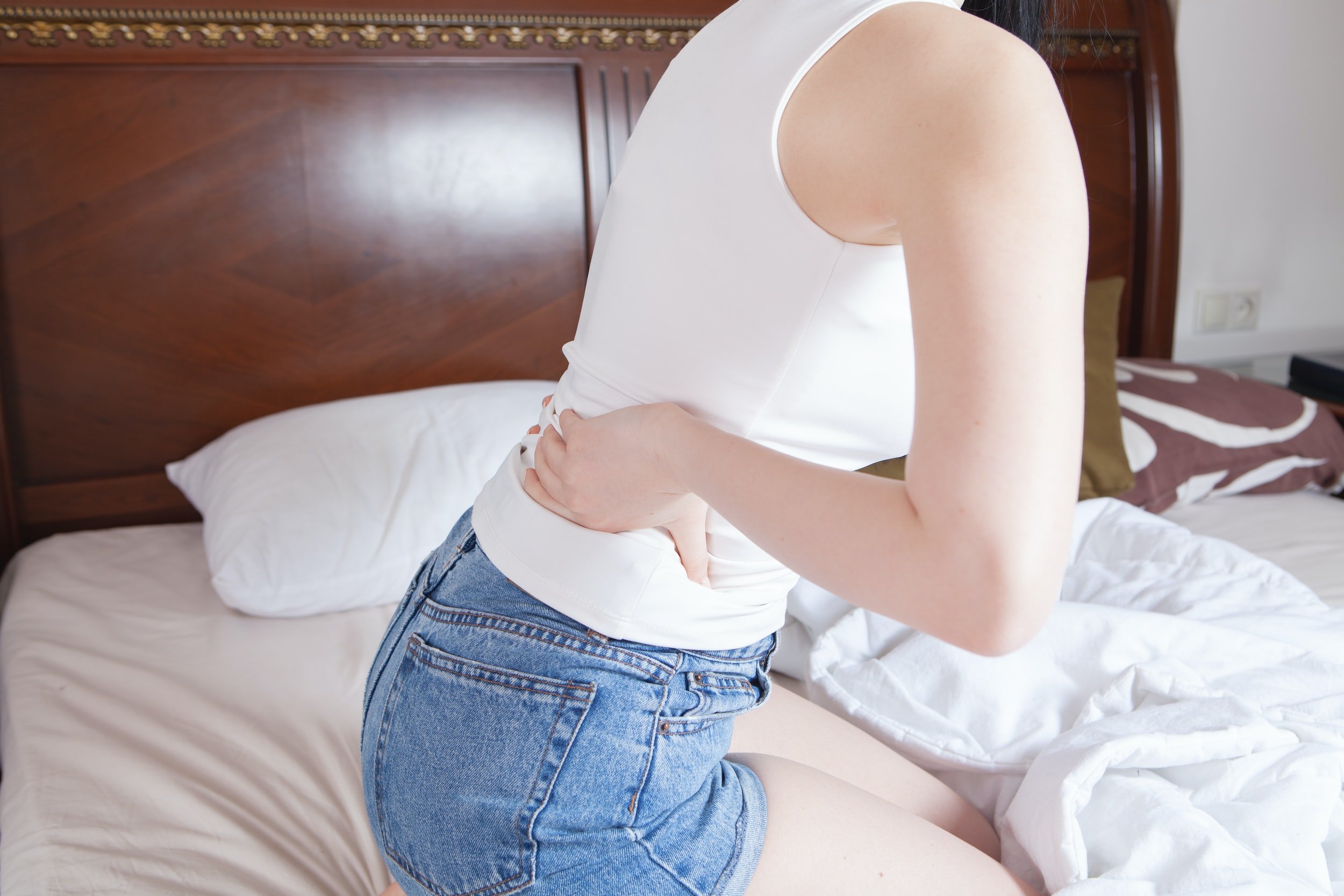Back pain is totally preventable if you understand
how your lifestyle and daily choices are affecting your body.
While there are many advantages to modern culture, a healthy back is not one of them. From sitting at a desk for 8+ hours to standing all day, to being stuck in traffic – modern life is one of the leading causes of chronic back pain.
In fact, our general approach to exercise and healthcare is actually killing our backs. While our bodies are meant to walk for 5 hours a day, we have them sitting 10-12 hours a day – no wonder our backs our killing us! In general back pain is always related to our lifestyle because of the anatomical positions the body takes when we go through daily life. Our bodies were meant to be in continuous movement however modern life has us sitting, standing, driving, or staring at a screen most of the time.
We want to help you understand the effects of what sitting, standing, and generally poor posture are doing to your back because chronic back pain is one of the main issues we treat and is completely preventable.
Top 5 Causes of Back Pain
1. Sitting at a computer or staring at a phone screen
Sitting will cause poor habits of how you use your hips and inhibit the way your lower back is supposed to support the spine. This means that your body is getting used to being in that position and because of the body’s intelligence, it adapts to that position. Basically, your body says you want to sit for 5 hours. Great, we can make that work and the body will adapt to that sit position.
When that happens the necessary muscles to stand and move are inhibited because your body is trying to optimize and adapt to the sit position. So when you try to stand there are a lot of muscles inhibited, overstretched, and no longer supporting the body the way they should. You can get away with it for a certain amount of time but it starts to create so much compression and rotation on the hits you’ll experience poor posture and pain.
Obviously sitting is a part of our culture and often unavoidable but through movement, you can achieve a proper state again. By understanding what your daily routine is doing to your body there is a specific way to perform exercises that neutralize that pattern of habit and bring you back to balance.
PRO TIP: Set a time on your phone and every 45 minutes get up and intuitively move around, stretch it out, and walk around the block.
2. Stuck in traffic or driving all-day
Driving is a huge part of modern life however it may be one the main causes of your back pain. When you are stuck in traffic there are a lot of micro-movements from starting and stopping. While you may not notice them, your body is trying to adapt to the task that you are doing at the moment.
In fact, your body is always trying to adapt and optimize every experience you put it through however the tedious movements from being stuck in traffic or driving all day create isolated muscles that put them in an overworked position – in addition to the added burden of sitting.
Whether you are hunching over the steering wheel, stressed out from the stimulation of all the sights and sounds, or enduring the added stress of being alert while driving, your body is in overdrive. Not to mention the momentum of the vehicle every time you start, stop making your body constantly brace against the micro whiplash adding to hip and low back tension that eventually causes pain.
PRO TIP: Where the eyes go the body follows. Try to keep both hands centered on the wheel with one hand on the center console and one on the wheel creating rotation and compression. If you can posture up, center your hips, keep your sit bones onto the seat and neutralize your shoulder and hips then you will relieve some of the impact on your body from driving.
3. How we squat and workout
When we squat, our body’s nature is to go into a fetal position because squatting is basically a fetal position. We’re designed to squat but not for long periods of time. Primarily it is a short-term rest position or short-term evacuation (to defecate). When staying there for a long time, other things go out of balance.
When you take a squat position the hips and low back open up in a certain way that causes a stretch. If you add weight onto the body while in this position, the low back is opening up and decompressing which means it’s losing curvature (by design to help you go to the bathroom).
When you posture up your body is in a nice decompressed state (if it’s just your body weight). When you add weight everything is stretching but when you posture up it adds weight and compresses the spine instead of letting it decompress. If you do this motion multiple times, over time the body will adapt and create compression. This added load (weight) to your upper body during a squat creates long-term compression.
PRO TIP: Understand the mechanics of how your body was designed to move so you can avoid the full stretch of the squat under load. The best way to squat is to observe the 90-90 formula when it comes to adding load. The spine is at 90 with the hip, the hip is at 90 degrees with the knee, and the knee is at 90 degrees with the ankle.
4. Tight hips
Tight hips are an epidemic of modern lifestyles. Some of the main causes of tight hips include being in a constant state of stress response (fight or flight), the cultural lifestyle of sitting, driving, and inappropriate ways of engaging with exercise movements. The lack of stretching and keeping proper mobility in the lower body affects not only creates tension along your hip joints but your lower back as well. When hips begin to tense up, the reflection of that is noticeable in the low back.
The health and structure of the hips will support the health and decompression of the low back because the low back is a reflection of what the hips are doing. If the hips are constricted the low back will mirror this for the sake of holding things in place.
PRO TIP: Take at least 15-20 minutes out of your day to stretch and open the muscles around the hips. In this case, just 15-20 minutes a day will keep the doctor away.
5. General bad posture
No one wants to have bad posture, but did you ever think that your poor posture was the cause of your lower back pain? When you hunch forward, roll your shoulders, or reach with your neck you are causing compression along your spine that leads to lower back pain. It’s almost like you’re carrying a heavy load on your back but there isn’t anything actually there. The center of gravity is shifted with poor posture and creates added pressure on the low back.
If you add sitting for too long and how it affects your hips with poor posture it can create a habit of how the body structures itself. But stress can also affect your posture believe it or not. When there is an accumulative stress response the body has a specific way of shifting itself that leads toward poor posture. That means when you encounter stress if you don’t intervene and do something proactive, it is inevitable your posture will compress and hunch forward, causing back pain.
PRO TIP: To avoid bad posture, be mindful of your daily lifestyle patterns and educate yourself on how to avoid them. Get into the habit of creating a stretch routine that will support the health of the integrity of the muscle tissue that is supporting you structurally. This allows you to counter the tension you have accumulated throughout the day or over time.

